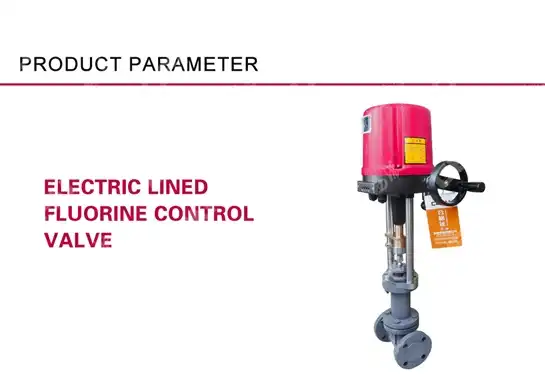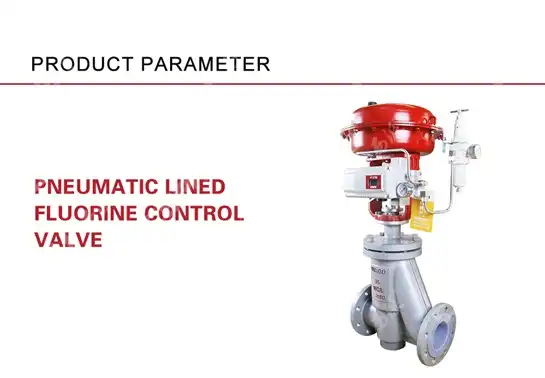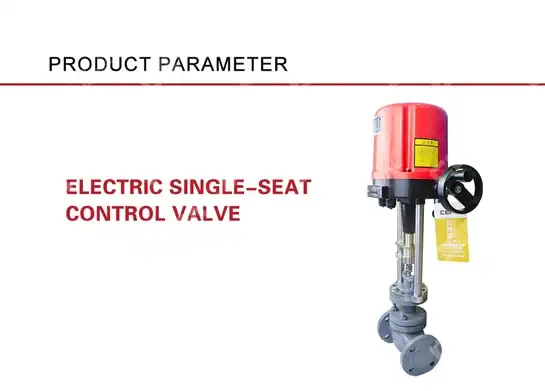Preventing Leaks in Sub-Zero Conditions: The Role of Low-Temperature Valve Sealing
Imagine a critical petrochemical facility operating at -60°C suddenly experiencing catastrophic valve leakage, resulting in production shutdown, safety hazards, and millions in losses. This nightmare scenario highlights the paramount importance of reliable Low-Temperature Valve sealing systems. In extreme cold environments where traditional sealing materials fail and metal components contract unpredictably, specialized low-temperature valve technology becomes the difference between operational success and disaster. This comprehensive guide explores cutting-edge sealing solutions that ensure leak-proof performance when conventional valves simply cannot withstand the brutal conditions of sub-zero industrial applications.
Understanding Low-Temperature Valve Challenges in Extreme Environments
Operating in sub-zero conditions presents unprecedented challenges that conventional valve systems cannot adequately address. When temperatures plummet below -20°C, traditional sealing materials begin to lose their elasticity and flexibility, leading to compromised sealing performance and potential system failures. Low-Temperature Valve applications in industries such as liquefied natural gas processing, cryogenic storage, and arctic oil drilling demand specialized engineering solutions that can maintain reliable operation under these harsh conditions. The primary challenge lies in material behavior at extremely low temperatures. Standard elastomeric seals become brittle and lose their ability to maintain consistent contact pressure against mating surfaces. This phenomenon, known as low-temperature embrittlement, can cause sudden seal failure and catastrophic leakage. Additionally, thermal contraction of metallic valve components creates dimensional changes that can compromise the sealing interface, requiring precise engineering calculations and material selection to ensure proper fit and function throughout the entire temperature range.
-
Material Selection Considerations for Sub-Zero Applications
Effective Low-Temperature Valve sealing requires careful selection of materials that can withstand extreme cold without compromising performance. Advanced fluoropolymer compounds, specially formulated to maintain flexibility at temperatures as low as -196°C, represent the current state-of-the-art in cryogenic sealing technology. These materials undergo specialized low-temperature treatment processes that enhance their molecular structure, ensuring consistent sealing performance throughout repeated thermal cycles. The selection process involves evaluating multiple factors including chemical compatibility, thermal expansion coefficients, mechanical properties at operating temperatures, and long-term stability under cryogenic conditions. PTFE-based compounds, modified with specialized fillers and additives, provide excellent chemical resistance while maintaining sufficient flexibility for effective sealing. However, the specific formulation must be tailored to the exact operating conditions and media being handled to ensure optimal performance and longevity.
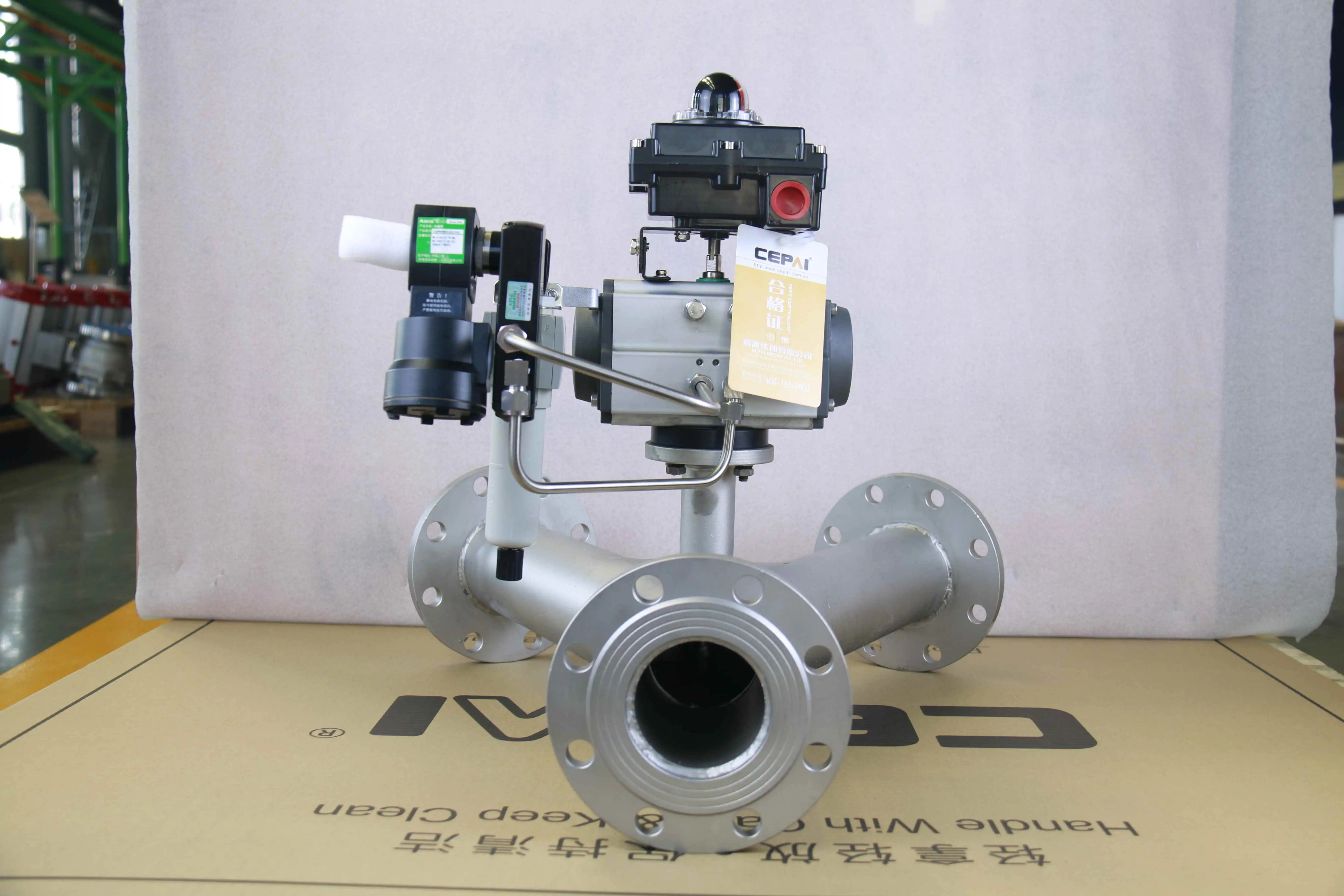
Advanced Sealing Technologies for Extreme Cold Applications
Modern Low-Temperature Valve sealing systems incorporate multiple advanced technologies to ensure reliable performance in extreme cold environments. These systems often feature redundant sealing mechanisms, specialized surface treatments, and innovative design features that compensate for the unique challenges posed by cryogenic applications. The integration of multiple sealing barriers provides fail-safe operation, ensuring that if one sealing element experiences degradation, backup systems maintain system integrity. Contemporary sealing designs incorporate pressure-energized sealing mechanisms that utilize system pressure to enhance sealing force, compensating for material property changes at low temperatures. These systems feature specially designed backup rings and anti-extrusion devices that prevent seal damage under high differential pressures commonly encountered in cryogenic applications. The geometric configuration of these sealing assemblies is optimized through finite element analysis to ensure uniform stress distribution and maximum sealing effectiveness across the entire operating temperature range.
-
Innovative Design Features for Enhanced Performance
Advanced Low-Temperature Valve designs incorporate innovative features such as extended bonnets that position sensitive sealing components away from the extreme cold zones, reducing thermal stress on critical sealing interfaces. These extended configurations allow the use of conventional packing materials in the upper temperature zones while utilizing specialized cryogenic seals only where absolutely necessary. This approach reduces costs while maintaining reliable sealing performance throughout the valve assembly. The incorporation of bellows-sealed designs eliminates dynamic sealing interfaces exposed to cryogenic temperatures, providing hermetic sealing without the risk of low-temperature seal degradation. These systems utilize welded metal bellows that can accommodate thermal expansion and contraction while maintaining perfect sealing integrity. The bellows design requires careful engineering to ensure adequate fatigue life under thermal cycling conditions while providing sufficient flexibility to accommodate valve stem movement throughout the operating range.
Cryogenic Valve Sealing Solutions and Best Practices
Professional implementation of Low-Temperature Valve sealing systems requires adherence to established best practices that have been developed through extensive field experience and laboratory testing. These practices encompass proper installation procedures, pre-service conditioning, and ongoing maintenance protocols that ensure optimal performance throughout the valve service life. Proper torque application during assembly is critical, as over-tightening can cause seal damage while insufficient compression may result in leakage. Pre-service conditioning involves gradual temperature reduction to allow sealing materials to acclimate to operating conditions without thermal shock. This process, known as thermal soaking, allows polymer chains to reorient and relax, reducing internal stresses that could lead to premature failure. The conditioning protocol typically involves multiple temperature cycles with extended hold times at intermediate temperatures, ensuring complete thermal equilibration before full-service exposure.
-
Quality Assurance and Testing Protocols
Comprehensive testing protocols ensure that Low-Temperature Valve sealing systems meet stringent performance requirements before installation in critical applications. These tests include helium leak testing at operating temperatures, pressure cycling at cryogenic conditions, and long-term stability evaluation under simulated service conditions. The testing protocols are designed to identify potential failure modes and validate design margins under worst-case scenarios. Cepai's electric low-temperature control valves undergo rigorous testing procedures that exceed industry standards, including thermal shock testing, pressure impulse testing, and extended endurance testing at design limits. The company's CNAS-certified laboratory facilities enable comprehensive validation of sealing performance under controlled conditions that replicate actual service environments. These testing capabilities ensure that delivered products meet the highest standards for reliability and performance in critical applications.
Industrial Applications and Performance Requirements
Low-Temperature Valve sealing systems find application across diverse industrial sectors where reliable performance in extreme cold conditions is essential for safe and efficient operation. Liquefied natural gas facilities represent one of the most demanding applications, where valves must operate reliably at temperatures down to -162°C while handling potentially explosive media. The sealing systems must maintain integrity under these extreme conditions while providing precise flow control and emergency shutoff capabilities. Petrochemical processing facilities utilizing cryogenic separation processes depend on reliable Low-Temperature Valve performance for continuous operation and product quality control. These applications often involve corrosive media at extremely low temperatures, requiring specialized sealing materials that resist chemical attack while maintaining flexibility and sealing effectiveness. The economic impact of valve failure in these applications can be substantial, making reliability the primary selection criterion for sealing systems.
-
Arctic and Offshore Applications
Arctic oil and gas operations present unique challenges where Low-Temperature Valve systems must function reliably in ambient temperatures that can reach -50°C or lower. These applications combine extreme cold with high pressures and corrosive environments, requiring robust sealing solutions that can withstand multiple stress factors simultaneously. The remote location of many arctic facilities makes reliability paramount, as maintenance access may be limited during critical operating periods. Offshore platforms operating in arctic waters face additional challenges from sea spray, ice formation, and extreme weather conditions. Low-Temperature Valve sealing systems for these applications must incorporate features such as heated bonnets, protective enclosures, and remote monitoring capabilities to ensure reliable operation throughout harsh winter conditions. The integration of smart technologies enables predictive maintenance strategies that minimize unplanned downtime and optimize maintenance scheduling.
Selection Criteria and Specification Guidelines
Proper selection of Low-Temperature Valve sealing systems requires careful evaluation of multiple technical and economic factors to ensure optimal performance in specific applications. The selection process begins with thorough characterization of operating conditions including minimum and maximum temperatures, pressure ranges, media properties, and cycling requirements. This information forms the basis for material selection and design configuration decisions that determine system performance and reliability. Economic considerations include initial cost, maintenance requirements, expected service life, and consequences of failure. While specialized Low-Temperature Valve sealing systems may have higher initial costs compared to standard alternatives, the total cost of ownership often favors the specialized solution when reliability requirements and failure consequences are properly evaluated. The selection process should include lifecycle cost analysis that considers all relevant factors throughout the expected service period.
-
Technical Specification Requirements

Comprehensive technical specifications for Low-Temperature Valve sealing systems should address performance requirements, material specifications, testing requirements, and quality assurance protocols. Performance specifications must define operating temperature ranges, pressure ratings, leakage limits, and cycling requirements under actual service conditions. Material specifications should reference appropriate standards and include requirements for material certification and traceability. Cepai's Low-Temperature Valve specifications incorporate industry-leading performance requirements including ANSI B16.104 Class VI leakage rates for soft-seated configurations and Class IV for metal-seated designs. The specifications address material requirements for temperatures ranging from -60°C to -196°C, ensuring compatibility with the full range of cryogenic applications. Quality assurance requirements include factory testing, material certification, and comprehensive documentation to support reliable operation throughout the service life.
Maintenance and Reliability Optimization
Effective maintenance strategies for Low-Temperature Valve sealing systems require specialized knowledge and procedures that account for the unique characteristics of cryogenic applications. Preventive maintenance programs should be based on manufacturer recommendations, operating experience, and condition monitoring data to optimize maintenance intervals and procedures. The maintenance approach must balance reliability requirements with operational constraints and economic considerations. Condition monitoring technologies enable predictive maintenance strategies that can identify potential sealing system degradation before catastrophic failure occurs. These technologies include acoustic emission monitoring, vibration analysis, and thermal imaging that can detect early signs of seal deterioration or valve malfunction. The integration of smart sensors and digital monitoring systems enables continuous assessment of valve performance and automated alerting when maintenance attention is required.
-
Troubleshooting Common Sealing Issues
Common Low-Temperature Valve sealing issues include gradual leakage increase due to seal aging, sudden failure due to thermal shock, and performance degradation due to contamination or improper installation. Effective troubleshooting requires systematic investigation of potential root causes and corrective actions that address underlying issues rather than symptoms. Documentation of failure modes and corrective actions builds institutional knowledge that improves future performance and reliability. Root cause analysis should consider factors such as operating conditions, maintenance history, installation procedures, and environmental factors that may contribute to sealing system degradation. The analysis process should incorporate manufacturer expertise and field experience to identify the most probable causes and effective corrective actions. Implementation of corrective measures should include validation testing to confirm effectiveness and prevent recurrence of similar failures.
Conclusion
Low-Temperature Valve sealing represents a critical technology for industries operating in extreme cold environments, where reliable performance directly impacts safety, efficiency, and economic viability.
Cooperate with CEPAI Group Co., LTD.
CEPAI Group Co., LTD. stands as a leading China Low-Temperature Valve manufacturer with over 15 years of specialized experience in cryogenic valve technology. As a trusted China Low-Temperature Valve supplier, we offer comprehensive solutions from design to delivery, backed by our state-of-the-art 56,000 square meter facility and advanced intelligent manufacturing systems. Our High Quality Low-Temperature Valve products serve major clients including PetroChina, Sinopec, and CNOOC, demonstrating our commitment to excellence.
As a premier China Low-Temperature Valve factory, we provide competitive Low-Temperature Valve prices without compromising quality, offering both standard and customized solutions. Our China Low-Temperature Valve wholesale services support global distribution, while our Low-Temperature Valve for sale catalog includes comprehensive technical specifications and performance data. Contact us at cepai@cepai.com to discuss your specific requirements and discover why industry leaders choose CEPAI for their most demanding applications.
References
1. "Cryogenic Valve Design and Testing Standards for LNG Applications" by Smith, J.R. and Anderson, K.L., American Society of Mechanical Engineers, Industrial Valve Technology Journal, 2023.
2. "Low-Temperature Material Properties and Sealing Performance in Extreme Environments" by Chen, W.H., Liu, M.S., and Zhang, Q.F., International Journal of Pressure Equipment and Piping, 2024.
3. "Failure Analysis and Prevention Strategies for Cryogenic Valve Systems" by Thompson, R.D. and Williams, P.A., Engineering Failure Analysis Review, 2023.
4. "Advanced Sealing Technologies for Arctic Oil and Gas Operations" by Johnson, M.E., Peterson, L.R., and Davis, S.K., Petroleum Engineering International, 2024.
_1745994738000.webp)
Get professional pre-sales technical consultation and valve selection services, customized solution services.
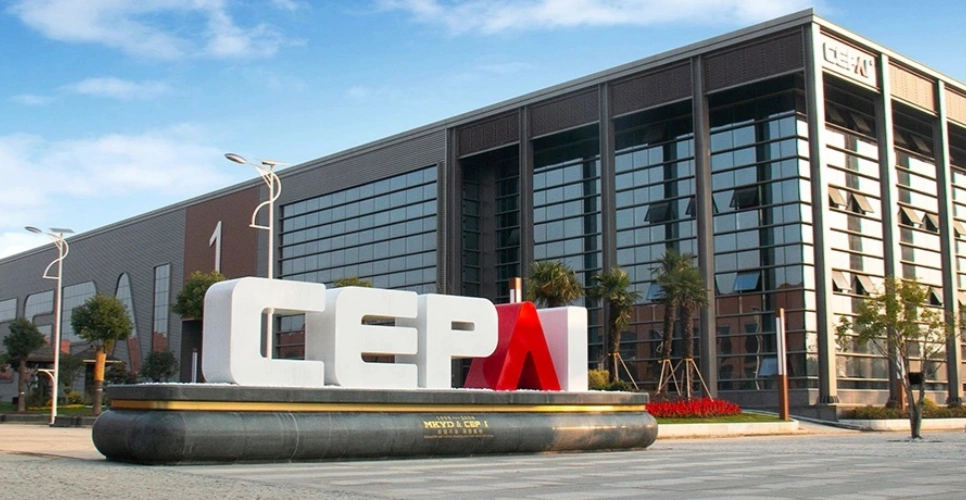
About CEPAI
